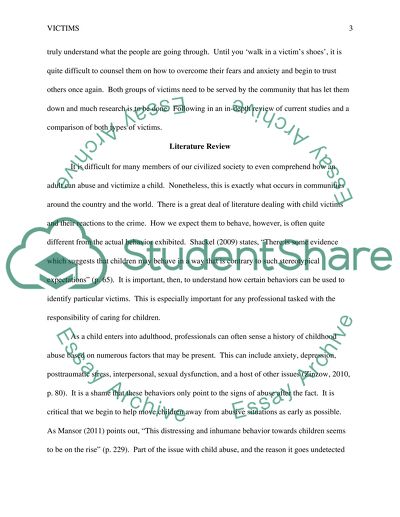Cite this document
(“A study of Child Abuse and Acquaintance Rape Victims Term Paper”, n.d.)
Retrieved from https://studentshare.org/sociology/1402943-criminal-justice-classdomestic-violence-victims
Retrieved from https://studentshare.org/sociology/1402943-criminal-justice-classdomestic-violence-victims
(A Study of Child Abuse and Acquaintance Rape Victims Term Paper)
https://studentshare.org/sociology/1402943-criminal-justice-classdomestic-violence-victims.
https://studentshare.org/sociology/1402943-criminal-justice-classdomestic-violence-victims.
“A Study of Child Abuse and Acquaintance Rape Victims Term Paper”, n.d. https://studentshare.org/sociology/1402943-criminal-justice-classdomestic-violence-victims.


